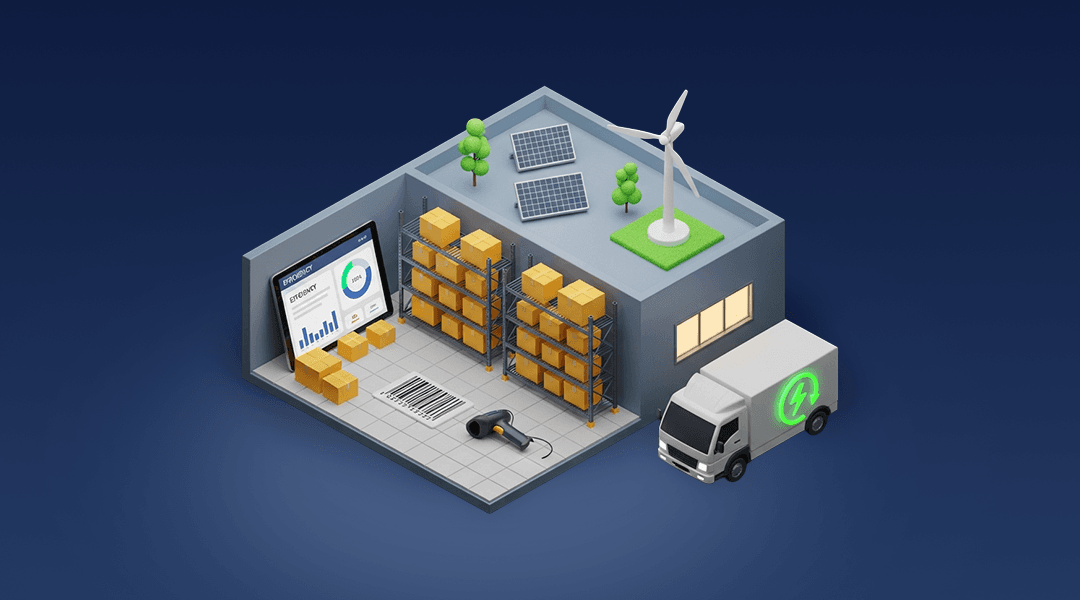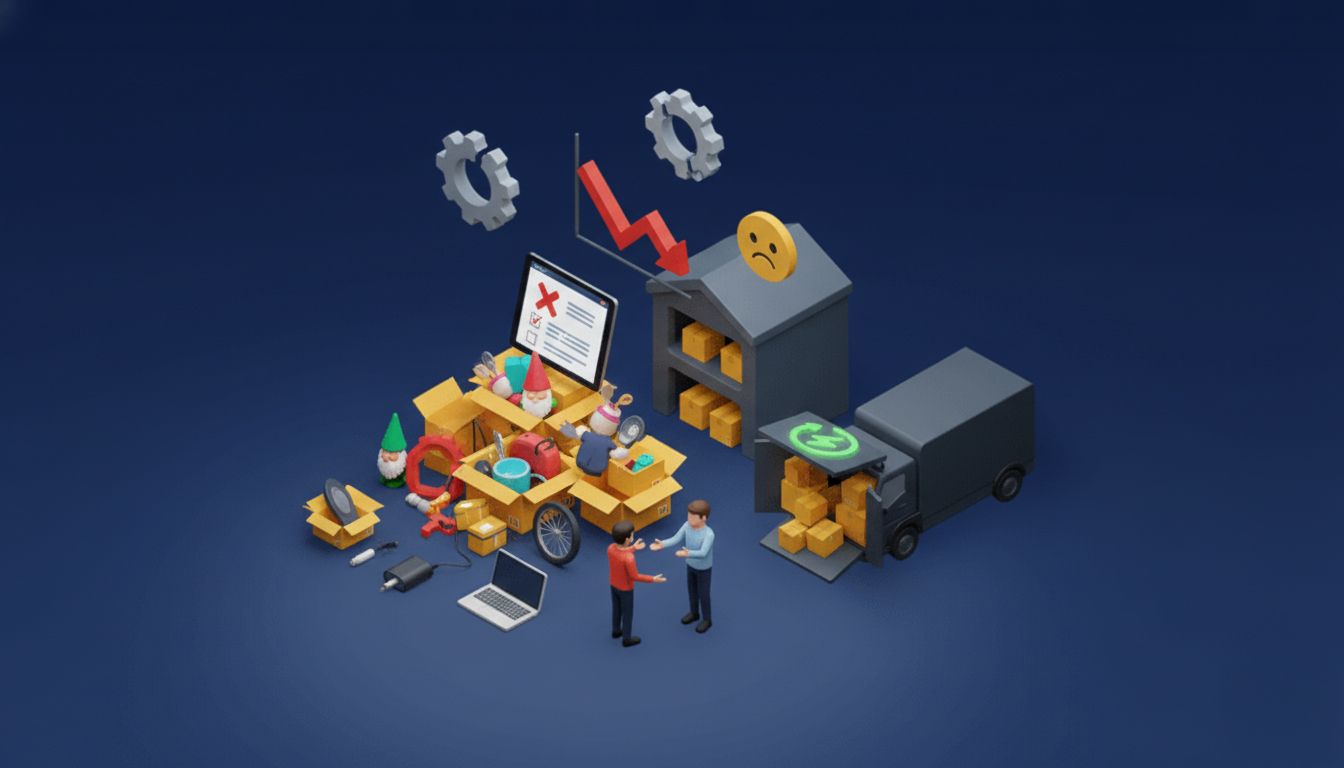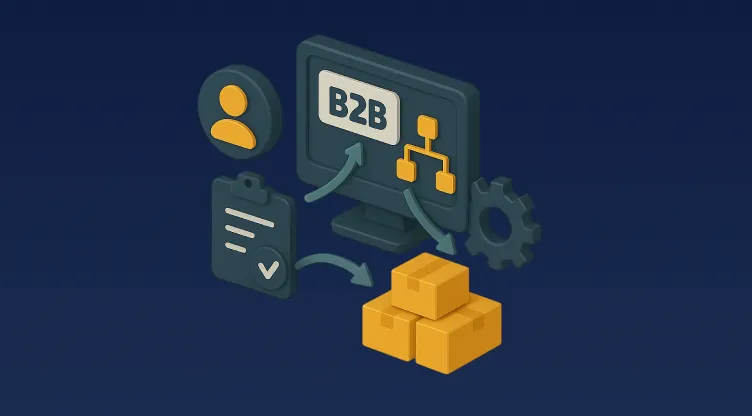Returns Experience: Self-Service Portals vs. Contact Centers – What Works Best for Each SKU Category?

Table of Contents
Snappy Summary for the Supply Chain Savvy
- Self-service portals boost efficiency for high-volume, low-value SKUs.
- Contact centres suit high-value, regulated, or fragile product returns.
- Reverse logistics cost is reduced by choosing the right return channel.
- A hybrid model offers tailored support for a diverse SKU catalogue.
- Enhanced returns management leads to customer retention and brand loyalty.
Introduction
In the fast-paced world of logistics and supply chain management, the customer journey does not end at delivery. Returns management has grown from an afterthought into a key competitive differentiator. With e-commerce booming across the MENA region, businesses face rising return volumes, varied SKU categories, and escalating customer expectations.
The pressing question for logistics managers today is: Should you rely on a self-service portal or a traditional contact centre for managing returns? The answer is not one-size-fits-all. The right approach depends on the nature of your SKUs, operational agility, and how much you value automation vs. personal interaction.
This article breaks down the use cases for both models, helping retailers, 3PL providers, and brands make the right choice for optimal returns handling.
The Rising Role of Returns in Reverse Logistics
The return process used to be a cost centre. Now, it’s a strategic tool in customer experience and retention. Research shows that 92% of consumers will repurchase from a brand if the return process is easy.
In the MENA region, industries from fashion to electronics face challenges with reverse logistics due to geography, fragmented infrastructure, and lack of automation. That’s why understanding the operational dynamics between self-service portals and contact centres is essential.
Self-Service Portals: Automation for the Win
Self-service returns portals are digital interfaces that allow customers to initiate and track returns on their own. These systems are designed for speed, simplicity, and scale.
When to Use Self-Service Portals:
High-Volume, Low-Margin SKUs
For FMCG products, accessories, and fast fashion items, manual returns via a call centre can become cost-prohibitive. A self-service portal automates the process, reducing labour costs and human error.
Repeatable Return Reasons
When return reasons are consistent—like size issues or colour mismatch—portals can offer predefined workflows.
Younger, Digitally Fluent Demographics
In markets like Saudi Arabia and the UAE, digital natives prefer quick, app-based return experiences.
Multi-channel Retail Operations
Integrated systems such as Order Management Systems and Inventory Management Systems make it easier to sync return data across sales channels.
Pros of Self-Service Returns
- Lower operating costs
- Real-time processing
- Faster refund cycles
- Better return insights through analytics
- Reduced pressure on call centre staff
Contact Centres: Human Touch for Complex SKUs
Despite digital growth, contact centres remain relevant—especially for high-touch SKUs requiring personal attention.
When to Use Contact Centres:
High-Value Electronics or Fragile Goods
Products like laptops, TVs, or glassware need inspection guidelines, warranty validation, or courier coordination—tasks better suited to trained agents.
Regulated Returns
Pharmaceuticals, beauty products, or any items governed by regional health standards may require customer verification, documentation, or special handling.
Elderly or Non-Tech-Savvy Customers
In regions with lower digital adoption, such as rural North Africa or the Levant, a call-based experience offers reassurance and simplicity.
Benefits of Contact Centres
- Personalised customer engagement
- Fraud detection through manual validation
- Easier dispute resolution
- Suitable for regulated industries
The SKU-Based Returns Strategy
Each SKU category comes with different return behaviours. Here’s a breakdown of which model suits which type.
| SKU Category | Recommended Channel | Reason |
|---|---|---|
| Fast Fashion | Self-Service Portal | High volume, low value, repeatable reasons |
| Electronics | Contact Centre | High value, requires verification |
| Cosmetics | Contact Centre | Regulated returns, expiry tracking |
| Books & Stationery | Self-Service Portal | Low return friction, minimal validation needed |
| Perishables | Contact Centre | Time-sensitive, needs immediate handling |
| Home Accessories | Self-Service Portal | Easy categorisation, low-value handling |
Reverse Logistics Cost Impact
Reverse logistics costs can make or break profitability, especially when dealing with high return rates. Self-service portals offer built-in cost savings by reducing:
- Call duration and agent costs
- Error rates in return entries
- Return cycle time
Meanwhile, contact centres, while costlier, can prevent loss from fraudulent or mishandled returns—particularly for sensitive or restricted SKUs.
For businesses leveraging a Warehouse Management System, integrating return workflows within warehouse operations can further optimise cost and accuracy.
Operational Benefits of Choosing the Right Model
Let’s compare key metrics between self-service and contact centre models:
| Feature | Self-Service Portal | Contact Centre |
|---|---|---|
| Return initiation time | < 2 minutes | 5–10 minutes |
| Cost per return | Low | Moderate to High |
| Customer satisfaction (CSAT) | High (for simple SKUs) | High (for complex SKUs) |
| Refund turnaround time | 24–48 hours | 3–5 days |
| Integration with systems | Easy with APIs | Requires manual logging |
| Scalability | Very High | Limited by human resources |
A platform like Omniful Returns Management offers hybrid support, allowing businesses to choose the optimal model per SKU.
Creating a Hybrid Returns Strategy
In a market as diverse as MENA, a hybrid model is often the most effective. It blends the scalability of automation with the flexibility of human support.
Key Elements of a Hybrid Model:
- Offer a self-service portal as default.
- Route high-value returns to contact centres.
- Provide tiered support by product type or customer segment.
- Sync returns across systems using Plug and Play Integrations.
Technology and Returns: A Competitive Edge
Omniful’s Returns Management system supports:
- Reverse logistics tracking from the doorstep
- Warehouse-level return grading
- Refund automation through marketplace APIs
- Smart routing based on SKU logic
These features help companies reduce friction, build trust, and retain customers—even in return scenarios.
Internal Collaboration and Returns Success
Returns aren’t only a customer service issue. They involve:
- Supply Chain Managers tracking inventory movements
- Warehouse teams handling inspection and re-stocking
- Finance teams issuing refunds or credit notes
- E-commerce operations syncing data with marketplaces
A connected system—such as combining Transportation Management System, Shipping Gateway, and Inventory Management System—ensures end-to-end visibility.
Regional Considerations in MENA
Returns behaviour varies across the region:
- KSA: High mobile usage, self-service portals work well
- Egypt: Call centres dominate due to customer trust
- UAE: Hybrid models thrive with tech-savvy users and cash buyers
Customising return strategies per market improves adoption and customer loyalty.
Conclusion
An efficient returns management process drives revenue protection, operational optimisation, and customer trust. The best approach depends on the type of SKUs, regional expectations, and customer preferences.
Self-service portals work best for high-frequency, low-complexity returns.
Contact centres shine for high-value, sensitive, or regulated returns.
A hybrid model unlocks the full potential of both.
Implementing the right infrastructure—like Omniful’s Returns Management or Omniship—helps businesses thrive in the returns economy.
Frequently Asked Questions
Is a self-service portal suitable for all types of returns?
No. It is best for simple, low-value, or repetitive returns. Complex cases still need contact centre support.
Can I use both a self-service portal and contact centre?
Yes. Many successful MENA retailers adopt a hybrid model based on SKU type or customer preference.
How can I reduce reverse logistics costs?
Automate with self-service portals, integrate with WMS, and optimise returns handling through smart routing and grading.
What’s the role of technology in returns?
Tech enables refund automation, real-time tracking, and SKU-specific workflows—enhancing both cost control and customer satisfaction.
Do older customers prefer contact centres?
Often, yes. Especially in non-urban areas where digital fluency is lower.























